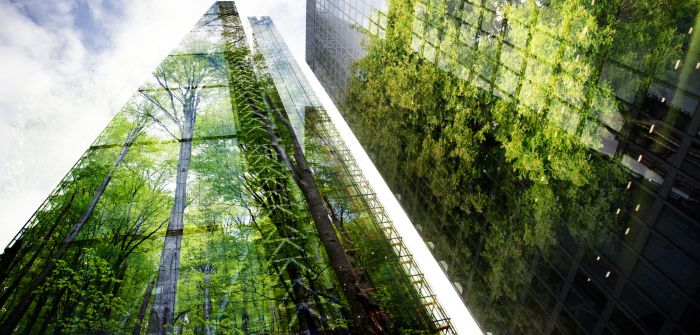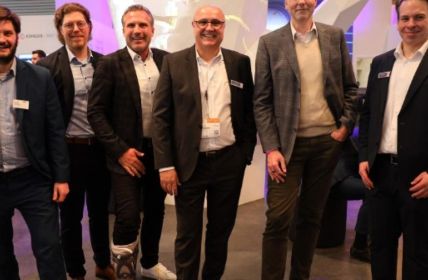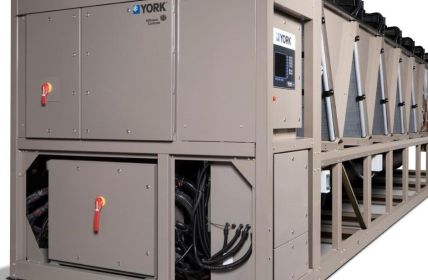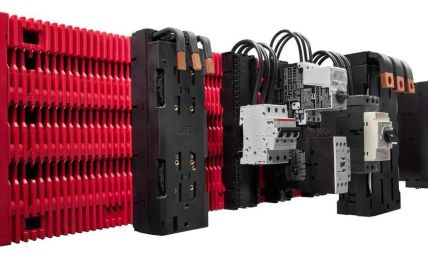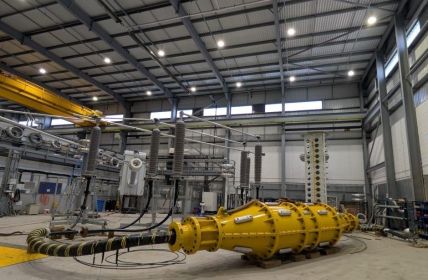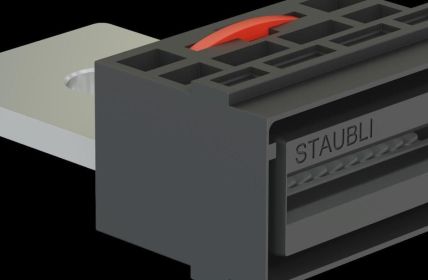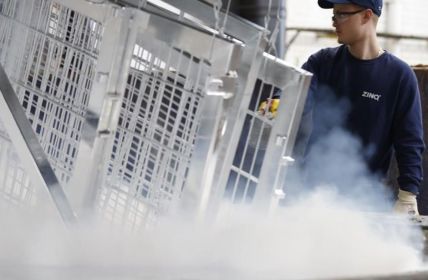TK Elevator Report: How AI-controlled lifts can improve passenger and building safety
Individual user experiences achieved through vertical mobility
Customisation and personalisation are now important factors for customer loyalty and satisfaction. With the help of Big Data and advanced algorithms, companies can better respond to the individual needs and preferences of their customers. Modern lifts are no exception. Manufacturers such as TK Elevator rely on smart lifts that use sensors and data analytics to recognise individual user needs and adapt accordingly. For example, lifts can recognise preferred floors and walking routes and react accordingly. In addition, lifts can also save and automatically apply personalised settings such as preferred languages or background music. This can reduce waiting times and increase comfort.
Personalising the lift experience also has implications for the cities of the future. The TK Elevator Report shows that smart lift systems can help reduce traffic congestion in urban areas and improve the efficiency of public transport. By integrating IoT systems, lifts can also communicate with each other and with other means of transport to ensure smooth mobility. The lifts of the future can thus become an integral component of the smart cities of tomorrow.
The modern lift will soon be able to communicate with passengers and building managers and adapt to different situations to make better decisions – this is TK Elevator’s vision, as Hyun Shin Cho, Head of Digital Transformation, explains.
5G technology is seen as the next step in the evolution of the Internet of Things, providing fast, reliable and secure connectivity. Combined with the networking of devices and systems, this enables the creation of smart cities and buildings. By integrating 5G and IoT, lifts can be integrated with these systems to create a seamless user experience. With the ability to transmit and process data in real time, lifts can be better managed and maintained, leading to increased availability and reliability. It also raises people’s expectations of lifts, as they expect faster and more personalised solutions.
Smart lifts are the next step in the digitalisation of buildings. Thanks to touchless mobile app technology and Bluetooth-based proximity sensors, they can automatically recognise users and take them to their destination. These personalised, seamless mobility solutions can not only increase building efficiency, but also improve comfort and safety. Whether native or retrofitted, digital lifts could fundamentally change mobility within buildings in the future.
The new lift systems represent an important development for connected buildings. By combining IoT devices and digital software, data can be securely exchanged between different systems. The modern lifts use application programming interfaces to create a contemporary and convenient user experience. The advantages are obvious: the passenger benefits from less waiting time and less crowded waiting areas. In addition, the new lifts are energy-efficient and thus contribute to climate protection.
Finally, the data collected by smart lift technology can help to make informed decisions and optimise the building in the long term. By analysing the data, for example, bottlenecks in the use of the lifts can be identified and eliminated to enable more efficient use of the building. Furthermore, the data can be used to better understand the wishes and needs of the users and adapt the building accordingly to ensure higher satisfaction.
Lift 2.0: 4 trends that improve ride comfort and personalisation
The report “The Elevator of Tomorrow: 4 Trends Personalizing the Rider Experience” is a must-read for anyone concerned with the future of building management. TK Elevator has played an important role in this by gathering insights from leading digital experts and organisations as well as its own innovation drivers. The report analyses the latest trends in the digitisation and personalisation of building management systems and shows how these developments can help to improve the user experience and increase the efficiency of buildings.


